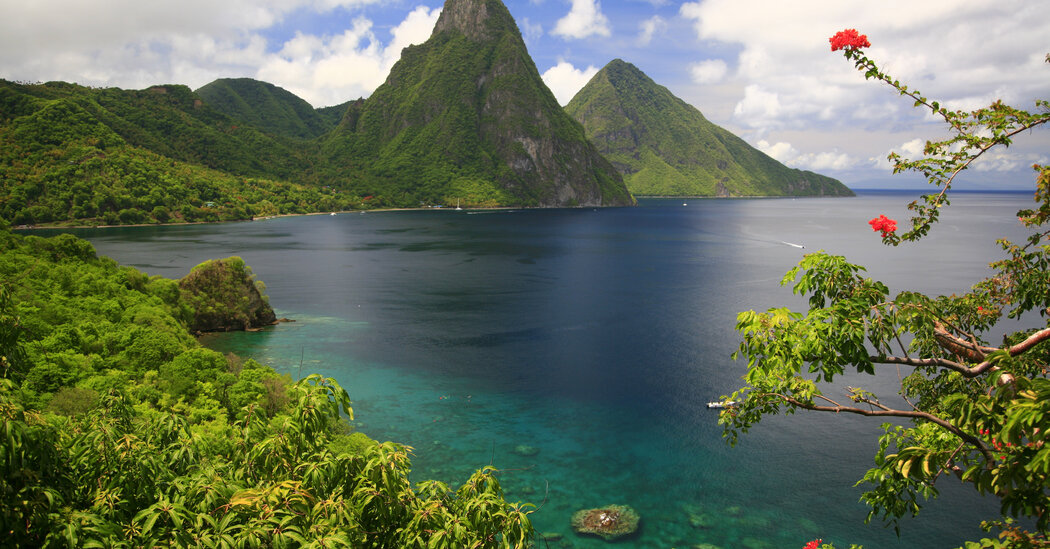
The sprawl of strip malls that comprises Houston’s Chinatown, for example, is the only tip-off that you’re still in Texas. These days restaurants serving Chinese, Hong Kong, Vietnamese, Thai and other Asian cultures fill these shopping plazas.
If you’re looking to channel France, go no farther than the cafes and green markets of Montreal, including Jean Talon Market and the Atwater Market.
Toronto has a virtual United Nations of dining districts, from Little India to Little Jamaica. Suresh Doss, a Toronto-based food writer who focuses on the city’s multicultural pockets, grew up in suburban Scarborough, where he takes small groups to Sri Lankan restaurants, among other food tours throughout the greater Toronto area (250 Canadian dollars, or about $195).
“There’s an ephemeral quality to the food, because you don’t know it if will be around in 10 or 12 years,” Mr. Doss said, referencing successive waves of immigrants over the past 80 years who have established Greek, Hungarian and Italian enclaves, followed by Vietnamese, Chinese and Sri Lankan and, most recently, Syrian.
For do-it-yourselfers, he recommends a progressive feast along Danforth Avenue in Toronto, home to Trinidadian, Venezuelan, Japanese and Ethiopian restaurants, among others. “It’s not fully gentrified yet, and has an inviting feel,” he said.
Among affordable accommodations in Toronto, try the Hotel Ocho near Chinatown where a recent search found rooms from 209 Canadian dollars.
The safest way to explore Ukraine right now might be to eat in Cleveland, which has strong Eastern European roots and a concentration of Ukrainian shops and restaurants in suburban Parma.




